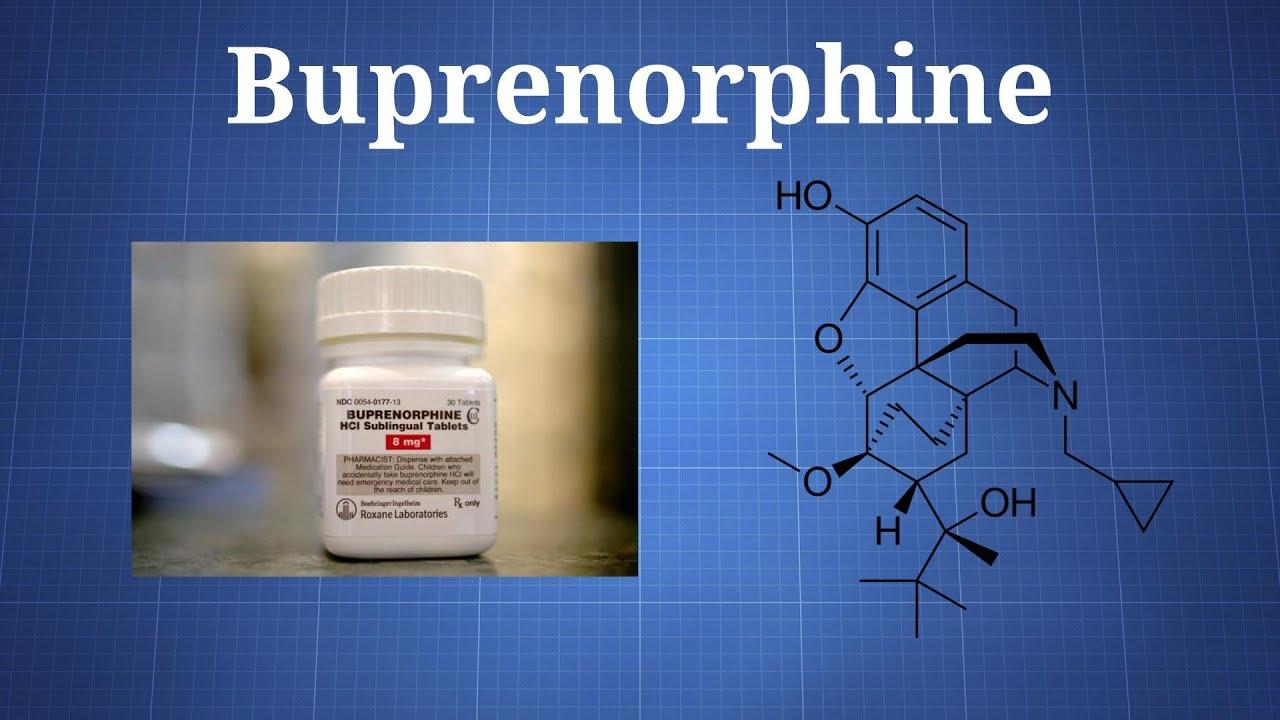Buprenorphine: An Effective Treatment for Opioid Addiction

Introduction
Opioid addiction has become a major public health crisis in many countries around the world. The United States in particular has been hit extremely hard by rising rates of opioid overdoses and opioid use disorder. New effective treatment options are desperately needed to help those suffering from addiction. One treatment that has shown great promise is buprenorphine.
What is Buprenorphine?
Buprenorphine is a partial opioid agonist medication originally developed in the 1960s for treatment of pain. It was not until the early 2000s that researchers began exploring its potential use for treating opioid addiction. Buprenorphine binds to the same receptors in the brain as opioids like heroin and prescription pain medication. However, it has a ceiling effect which means it will only activate the receptors to a certain point and no higher even if more of the drug is taken. This “flattens the high” from opioid misuse and helps block the effects from other opioids. It also reduces withdrawal symptoms when transitioning off of other opioids.
Mechanism of Action in Addiction Treatment
Due to its partial agonist properties at opioid receptor sites, Buprenorphine is able to reduce cravings for opioids and withdrawal symptoms when someone is stopping or decreasing their use. By occupying the receptor sites, it blocks other opioids from having their usual intense euphoric effects if someone was to try and use while taking buprenorphine. This allows individuals to stop destructive behaviors associated with active addiction without intense physical withdrawal. Buprenorphine treatment also gives individuals stability as they work on rebuilding their lives without addiction interfering. Its mechanism of action makes it safer than methadone as there is a reduced risk of overdose when taken as prescribed.
Effectiveness in Clinical Trials
Numerous clinical trials have demonstrated buprenorphine’s ability to help individuals achieve and maintain recovery from opioid addiction. One review looked at over 60 randomized trials and found buprenorphine treatment significantly reduced illicit opioid use, retained more people in treatment programs, and lowered mortality rates compared to placebo treatments or no medication assisted treatment. Many studies also show it is as effective or more so than methadone for achieving abstinence from opioids when treatment adherence is high. Relapse rates were found to be cut in half, on average, for those on buprenorphine long term compared to placebo or no medication. Its benefits extend significantly beyond just reducing withdrawal symptoms to true recovery support.
Real Patient Stories of Recovery Success
Dean Smith, a 45-year old from Connecticut, had struggled with an OxyContin addiction for over 15 years that nearly cost him his life multiple times through overdoses. After his last relapse and near-death experience, he knew he could not kick his addiction without medical help. He enrolled in an outpatient buprenorphine treatment program. With buprenorphine tablets taken daily under medical supervision, he was able to decrease his cravings and stop using OxyContin entirely within 6 months. He states, “For the first time in over a decade, I feel like myself again without the constant need to use. Buprenorphine saved my life and has given me my life back.”
Mary Jones, age 35 from Pittsburgh, had a similar experience. She had been addicted to heroin for 10 years starting in her early 20s. Her life became unmanageable as the addiction spiraled out of control. After failed attempts at rehab without medication assisted treatment, her doctor recommended trying buprenorphine. Within her first month on the medication, she stopped using heroin altogether and began focusing on counseling, support groups, and rebuilding relationships damaged by active addiction. When asked about her progress 2 years later, she said, “I now have 2 years clean thanks to buprenorphine. It gave me the help I needed physically and mentally to get and stay sober.”
Outpatient Settings and Access to Treatment
For many individuals struggling with opioid addiction, outpatient treatment settings for buprenorphine are preferred as they allow one to continue normal routines of work/school while receiving treatment. The medication can be prescribed by certified clinicians in office-based settings like primary care practices as well in licensed Opioid Treatment Programs (OTPs). Take-home doses are also commonly prescribed for stable patients. However, access to buprenorphine treatment remains limited due to regulations, stigma, and lack of providers. Many patients still face long wait times to access this life-saving medication or are unable to afford the costs without insurance coverage. Advocacy is still needed to expand access so those suffering get the help they need.
Buprenorphine has revolutionized opioid addiction treatment since its approval over 15 years ago. As a partial opioid agonist, it safely reduces withdrawal symptoms and cravings when transitioning off other opioids. Numerous clinical trials and real patient experiences demonstrate its ability to help people achieve long-term recovery success. Outpatient settings like doctors’ offices help make it accessible as a maintenance therapy without interfering with daily lives. While improvements are still needed, buprenorphine stands as one of the most effective medical interventions available for the opioid addiction crisis. With expanded access and availability, many more lives could be saved or transformed from its benefits.
Get more insights on this topic: Buprenorphine
Explore More Articles: Achondroplasia Treatment
- Art
- Causes
- Crafts
- Dance
- Drinks
- Film
- Fitness
- Food
- Giochi
- Gardening
- Health
- Home
- Literature
- Music
- Networking
- Altre informazioni
- Party
- Religion
- Shopping
- Sports
- Theater
- Wellness
- IT, Cloud, Software and Technology


